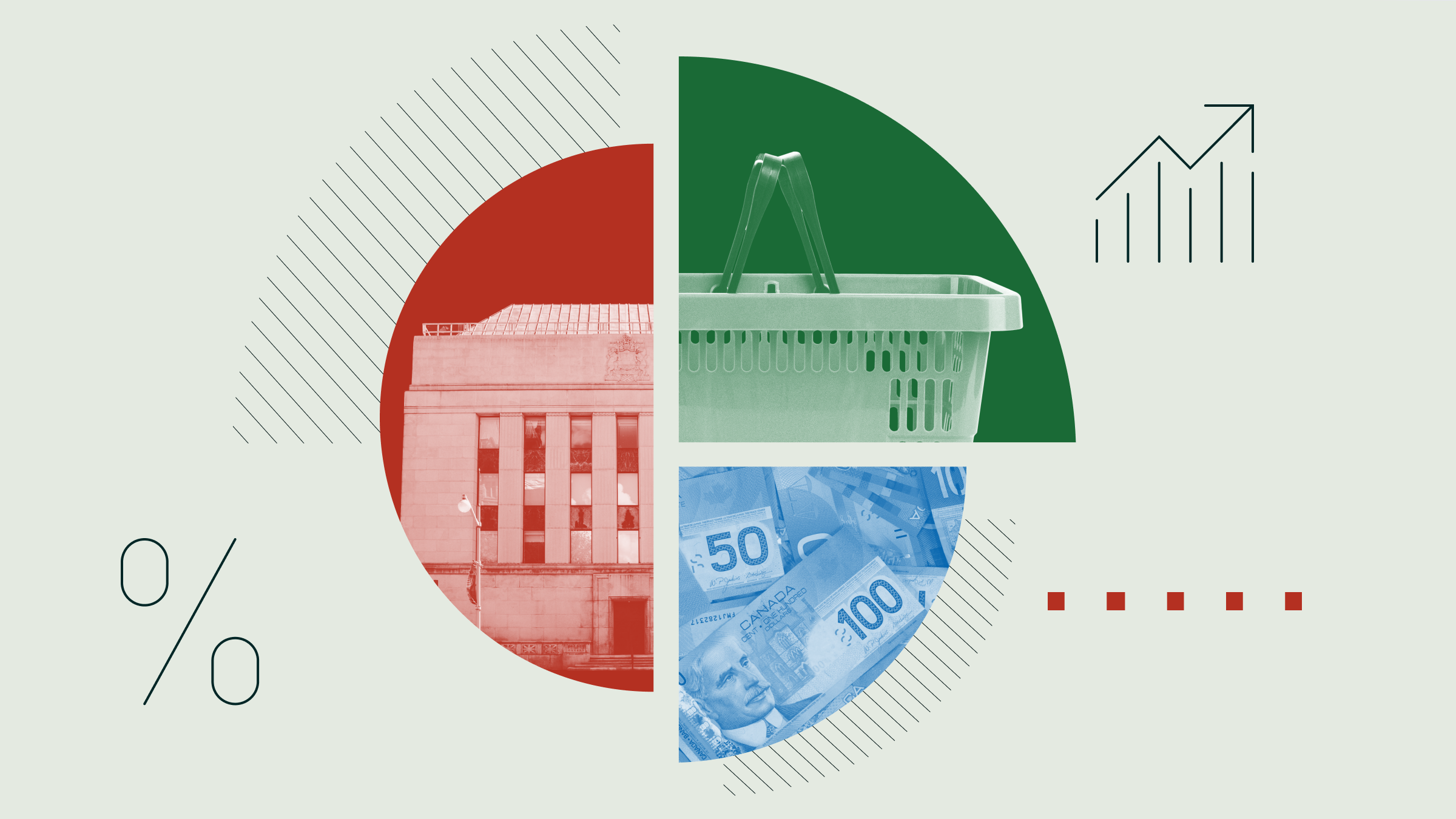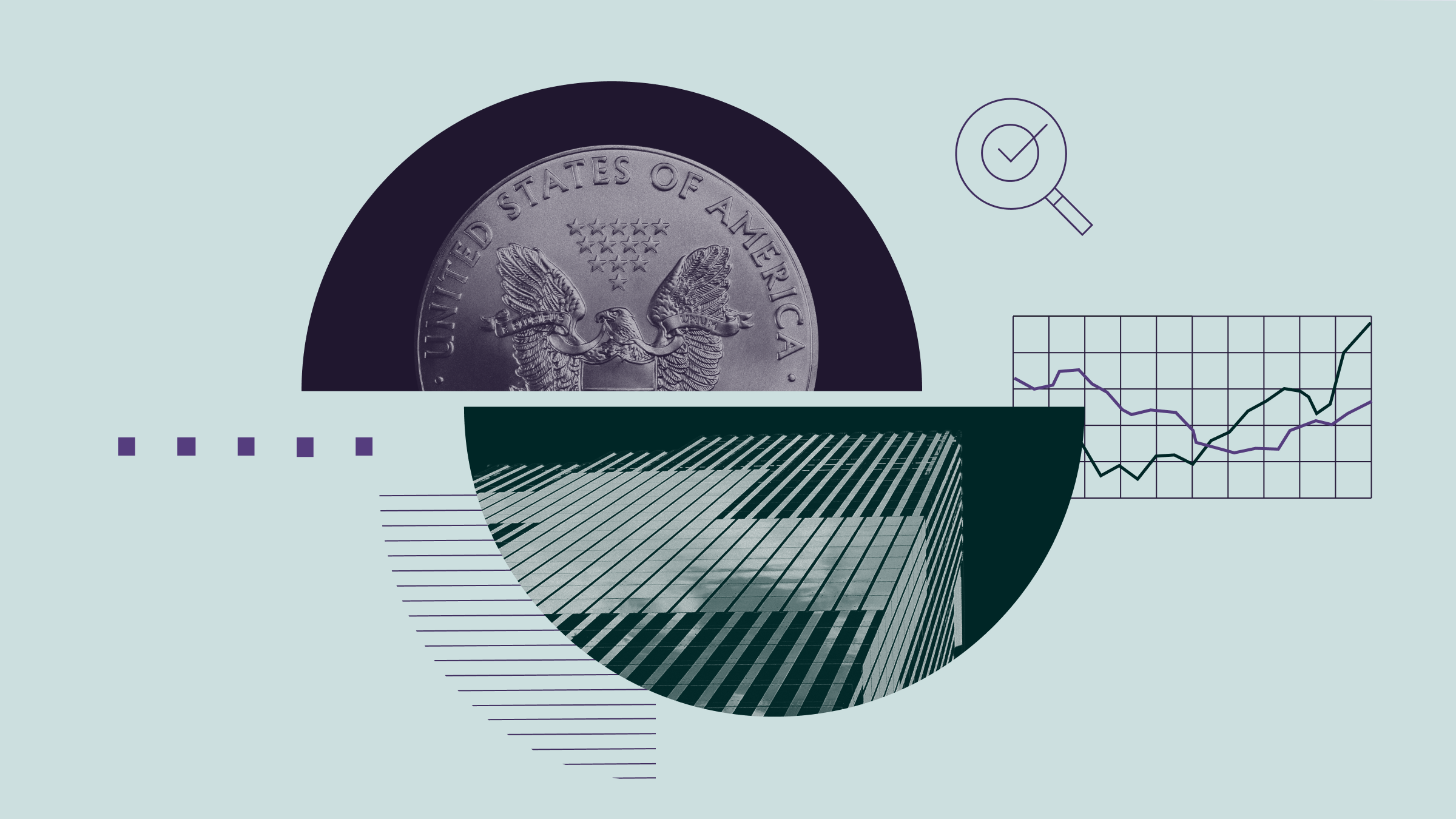
The year is nearing its end, as is the opportunity to reduce your income tax. Tax rates remain elevated—54% or higher in some provinces—making it challenging to retain as much of your hard-earned income as possible.
While by now your income from work or investing in 2024 is what it is, there may be steps you can take to keep more money in your pocket. Here is a year-end tax planning list, compiled from reports published by KPMG in Canada, CIBC, and other professional sources.
Realizing Capital Gains or Losses
There are several possible measures to take regarding capital investments like stocks, mutual funds, and the value of bond holdings. This is a key issue for 2024, as the federal government has announced the capital gains tax-inclusion rate would be increased to 66.67% from 50.00% on gains realized in excess of C$250,000 as of June 25, 2024, during a given year. (The inclusion rate on the first C$250,000 of gains realized during the year remains 50%.) If you have a large sum of capital gains on paper, you may want to limit the amount of asset sales to C$250,000 in gains and avoid reporting an excess amount.
The strategy, known as crystallizing gains, makes sense whenever you believe your overall taxable income will be higher in future years and you want to pay tax on gains at your current lower marginal rate. You don’t necessarily need to quit on the investments involved, as you repurchase them immediately after they are sold. The superficial loss rules (discussed below) do not apply.
A more common practice toward the year’s end is tax-loss selling. If you have realized capital gains from the sale of such assets this year or in any of the three preceding years, consider selling money-losing securities in your portfolio now to realize a capital loss that can be used to offset those gains. Capital losses must first be used to eliminate gains realized during 2024.
Any additional loss can be carried back to reduce gains reported in 2023, 2022, or 2021, resulting in a retroactive refund of tax paid on those gains. Capital losses not used to offset any already-realized gains can be “banked” indefinitely for use in the future.
Note that you cannot repurchase any money-losing capital property until after 30 days, or the superficial loss rules kick in. These rules apply if a property is repurchased within 30 days and is still held on the 30th day by you or an “affiliated” person (such as your spouse), a corporation controlled by you or an affiliated person, or a trust of which you or an affiliate is a majority beneficiary (such as your RRSP or TFSA). If so, the capital loss claim will be denied.
An alternative to loss harvesting is delaying the sale of an investment with a paper profit until the new year, thus deferring reporting the resulting capital gain until you file your 2025 tax return.
Get Up to Date on TFSA Rules
You can contribute up to C$7,000 to a tax-free savings account for 2024, in addition to any unused contribution room amassed from previous years. While contributions are not tax-deductible, income and gains earned within the account are tax-free, and withdrawals are not taxed.
If you’ve never started a TFSA, assuming you were over 18 when the program was launched in 2009, your overall contribution room this year is C$95,000, minus any amounts you have contributed in the past. Your contribution room also includes any amounts withdrawn from the account, because you can replace amounts you previously withdrew.
If you withdrew funds from your TFSA during 2024, you must wait until at least the beginning of 2025 to recontribute that amount. So if you are thinking about tapping into these savings, it would be wise to do so before the year ends. If you delay that withdrawal until early 2025, you will not be able to replace the amount of that withdrawal until the beginning of 2026.
In 2025, the annual TFSA limit remains C$7,000, which means the maximum cumulative contribution room will rise to C$102,000 (assuming you have been old enough to contribute since 2009 and have not yet used one). In recent years, the annual limit has increased slightly, based on the inflation rate.
Consider Early RRSP Withdrawal
The deadline for contributing to a registered retirement savings plan that is tax-deductible for 2024 purposes is March 3, 2025. The dollar limit for 2024 contributions is C$31,560, up to 18% of your earned income during 2023. The earlier you contribute, the sooner your tax-deferred savings accumulate. The RRSP annual dollar limit increases to C$32,490 for 2025.
While most people wait until retirement to begin withdrawing from their RRSP (or at the latest until the year they turn 71, when a plan must be collapsed), it’s worth considering an early withdrawal in a low-income year. The withdrawal would be taxed at a lower rate than when your income is higher. If this is the case, you would withdraw before the year-end so that it would be taxed at your lower rate for 2024. Remember that you would lose the advantage of a future tax deferral on that money.
Final-Year RRSP contribution
If this is the year you turn 71, you may want to contribute as much as you can to your plan before the year and your RRSP eligibility ends. Consider taking the following steps:
- Make your 2024-deductible contribution by Dec. 31 (the March 3, 2025 deadline does not apply to you). This amount should include as much of your remaining RRSP contribution room as possible.
- Contribute an extra C$2,000 beyond your overall limit. You are allowed to overcontribute C$2,000 before a penalty applies.
- If you are still working, consider making an additional contribution beyond the above amounts that will be deductible for 2024. The rules state that the year you turn 71 is the last in which you are allowed to put money in an RRSP. Depending on how much earned income you have in 2024 (which will impact your 2025 limit), this will create additional contribution room of up to C$32,490 for 2025. This amount would be eligible for a 2025 tax deduction if you contribute it before the end of 2024. While this would create a temporary overcontribution situation in December, the penalty of 1% of the excess amount per month would be a small price to pay to gain a healthy tax deduction on your 2025 return.
Spousal RRSP
Don’t forget that you can continue to gain deductions for contributions you make to your spouse’s RRSP until after the year in which they turn 71. The contribution is made to their account, but the deduction can be claimed on your tax return.
The author or authors do not own shares in any securities mentioned in this article. Find out about Morningstar's editorial policies.















